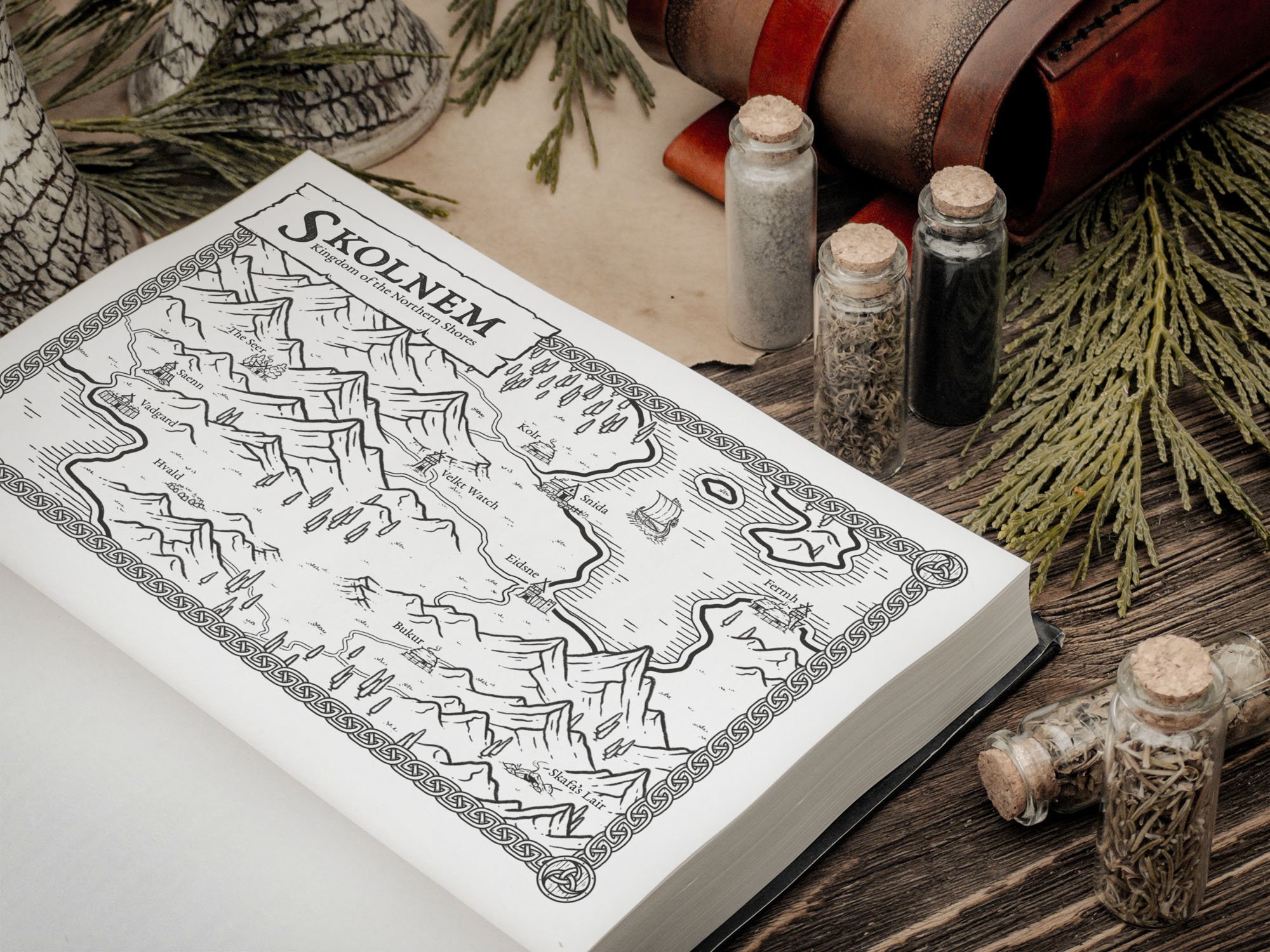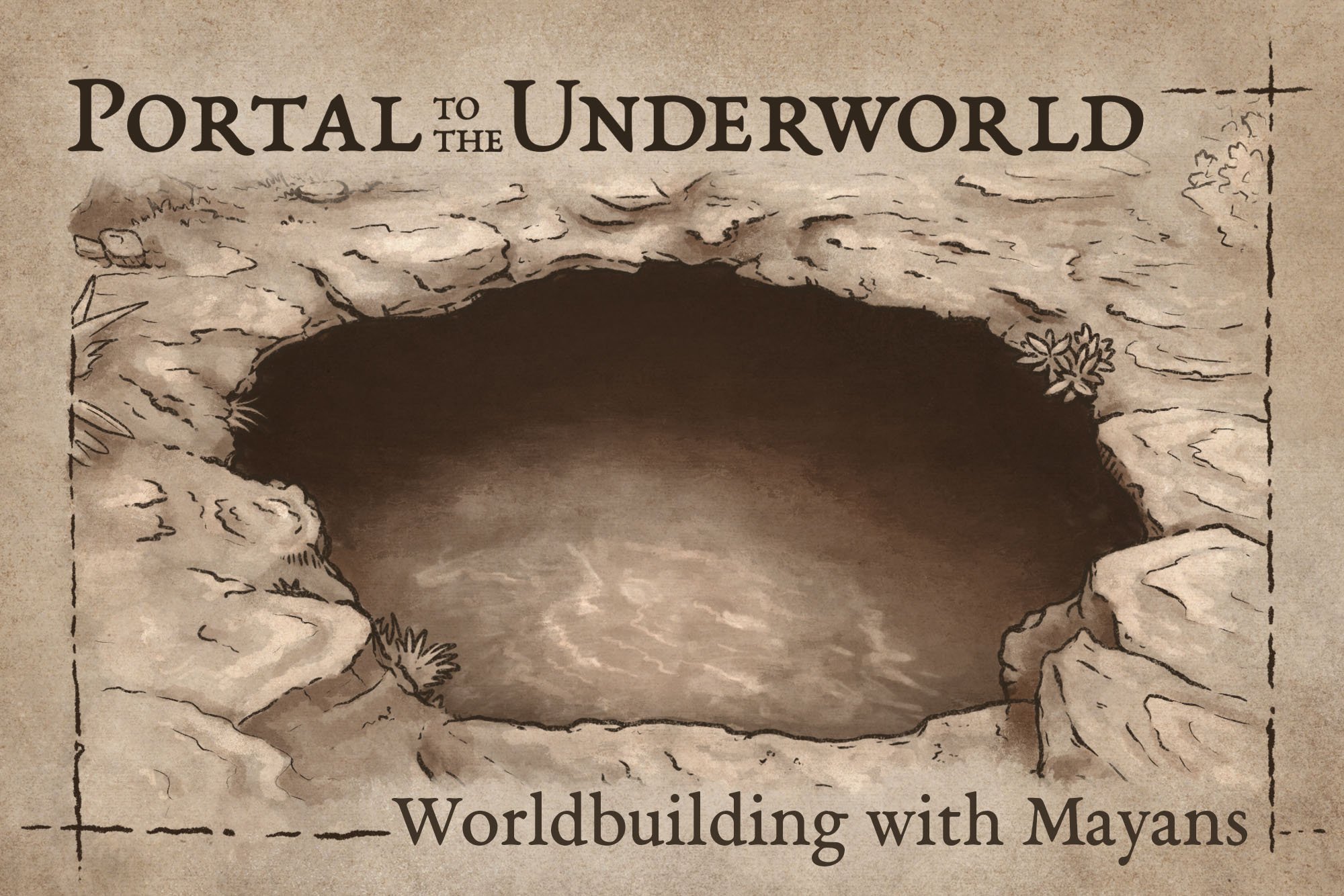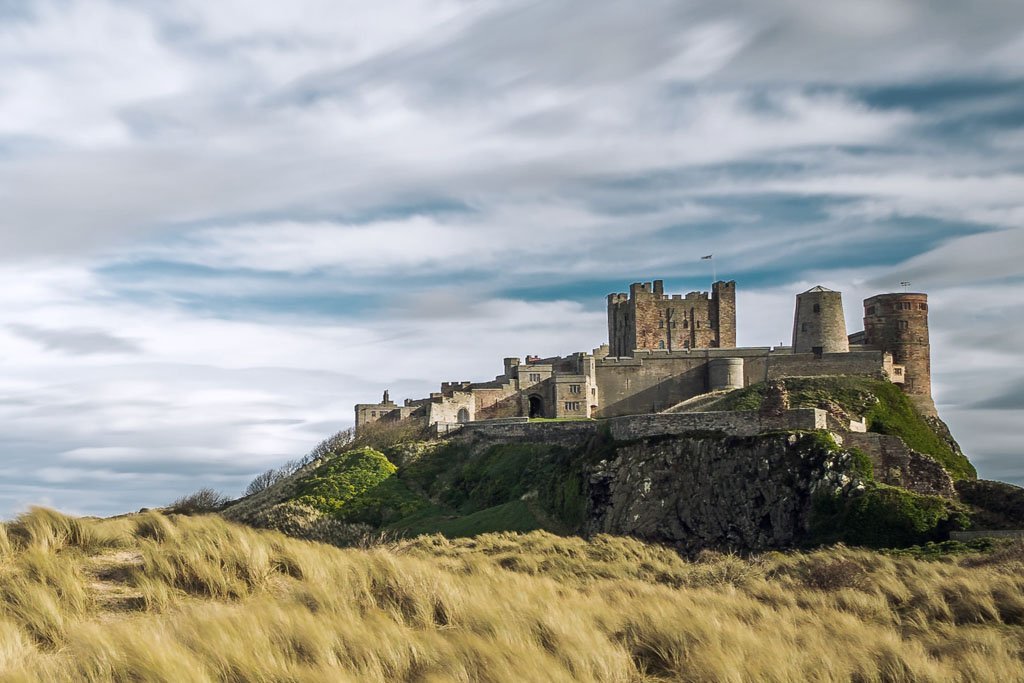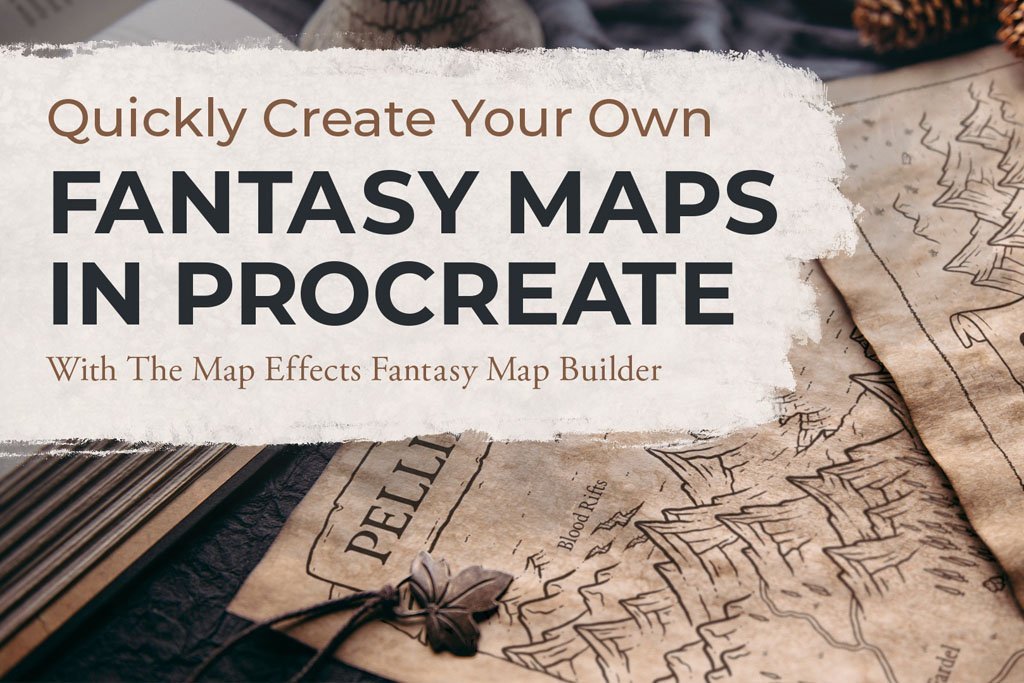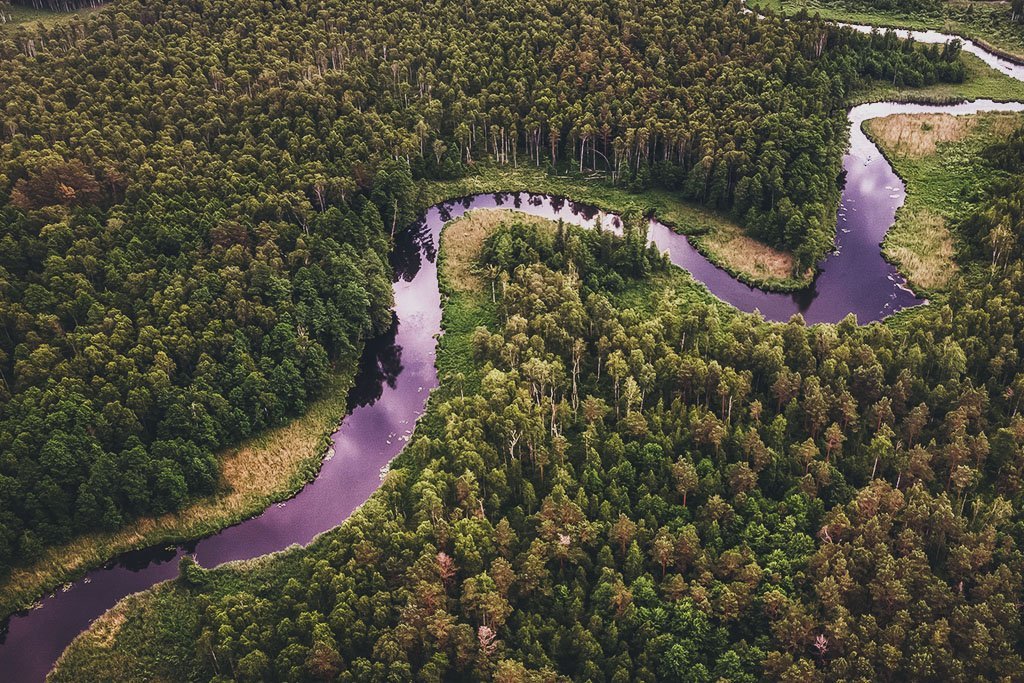Creating Unique Place Names On Fantasy Maps
Creating names for the locations on your fantasy map can feel intimidating. Should you randomly string letters together to make words that just sound cool; or do you need to pull a Tolkien and create your own language from scratch? How do you strike a balance between names that sound generic and predictable, and so over the top that nobody can pronounce them?
If you’ve ever looked up how a particular place got its name, you might realize that the study of place names (toponymy) is often complicated. Fortunately, there are some basic principles you can follow to create unique names on your map that hint at a rich history.
1: Set A Foundation
Natural Descriptions
Many names are rooted in physical descriptions of the landscape. Ask yourself what grows there, what animals live there, or if there are notable features like cliffs or waterfalls. Try to think about the color of the earth, if a village is situated on a hill, or even what the weather is like in the area. You can use these to come up with a list of words like "quarry", "pine", or "meadow". Anything that describes something about the physical location.
Cultural Values
Another way to come up with names is to think more about what the culture itself values. Locations are often named after important figures from history, are connected to religious beliefs, or may hint at the origins of the people. Consider why a city would want to name itself after a person or deity. Think of different ways the name can give a nod to reveal something about their culture.
Important Events
Some locations get their name from a significant moment in history. Perhaps it was a particular battle that was fought along a river or even a betrayal that took place between friends. It may be where a valuable resource was discovered or where an explorer first arrived in a new land. Think about important moments in time that would cause people to assign a name to that place to remember that event.
Example:
Let’s create a name that combines two of the suggestions above. Imagine there is a homestead in the middle of a forest where a young man named Kalin lives with his family. This man grows up to become an important general and a hero of war. In his latter years, he retires to his boyhood home where he clears more of the forest and he settles with his family. This place comes to be known as “Kalin’s Glade” (glade meaning: an open space in the forest). Pretty straightforward, but we’re not done.
The Larger the Region the Broader the Name
In general, the more geographic area a name covers and the more people it impacts, the less specific a name should be. For instance, you probably wouldn’t want to name an entire country “Oakshade” when it would only be relevant to a small percentage of the population. This is why a lot of European countries have pretty straightforward names when you break them down. France roughly translates to mean Land of the Franks, England means Land of the Angles, and perhaps the most obvious is Poland, the Land of the Poles.
But, the astute observer may ask, “but what do Franks, Angles, and Poles mean?”. The short answer is…there isn’t a clear answer. There’s speculation for each name but not surprisingly the experts don’t agree. Suffice it to say they may have broad meanings that would be applicable to a culture such as a favorite weapon that was used during war, a prominent occupation, or the presence of a great deal of farmland. Some of these names though hint that they’re rooted in an outside perspective of these people groups rather than what they would have called themselves, which leads to the next point.
2: Changes Over Time
Most names are pretty logical if you can determine how they originated. But if you look at history you'll quickly realize that names frequently change and morph to the point that the original meaning may be completely lost.
There are a variety of things that cause this to happen. As people say names they may get lazy and not pronounce it clearly so letters may get dropped over time. Or someone's accent may be so thick that another person misunderstands how to pronounce a name and it gets distorted. Or a nation that speaks a different language may come in and conquer a city and alter the spelling of the name to match their own language.
The list could go on and on, but the point is you should think about how some of these things could happen which would alter the spellings of the names you generated in the first step. This will really cause you to think through some more of your worldbuilding which will give a rich layer of history to your map.
Example:
In the previous step we came up with the name, Kalin’s Glade to describe a clearing in the forest where Kalin and his family settled. But, now some time has passed and it turns out the region is rich farmland, so almost all of the forest has been cleared. Which means the name is no longer accurate since it’s now open land, not a glade. Not only that, but as time went on it became much easier to blend the words together so that it became known as “Kalinglad”…because who needs the “e” on the end anyway?
As more time passes, a new people group begins to move in to take advantage of the iron ore discovered in the nearby hills. Unfortunately, they don’t speak the same language as the local farmers, and they don’t hear the subtle “k” at the beginning of the word. The more prominent this people group becomes with their iron exports, the more their own language influences the name of the town. Eventually, the mining town situated in the valley becomes known as “Alnad”.
The shifting of the name “Kalin’s Glade” to “Kalinglad”, and finally “Alnad” is an example of what can happen if a name loses it’s original meaning and the pronunciation shifts. Try saying a name over and over, with emphasis on different letters or parts of the word and see what happens.
3: use of Languages
Tolkien's influence on the fantasy community cannot be understated. So there is a tendency to feel like you have to create your own languages just because that's what Tolkien did. But unless you have an interest in doing so, it probably isn’t worth your time, especially if it is going to stop all of your creative momentum. Instead, you can use real languages as a launching point to produce names that are unique and sound cohesive with one another.
Even Tolkien used real-world languages as a base for the Elven languages he created. An easy way to do this is to get on Google Earth and spend some time looking at the name of different locations in a particular country. You can then spend some time looking at dictionaries of the language you want to base your naming upon. You'll begin to recognize patterns in how things are named, and what letters are combined to produce certain sounds.
You can use Finnish, Iroquois, or Burmese...it really doesn't matter. The point is to pick up some of these patterns from other languages and incorporate them into the spelling of your place names. You might even want to use words from these languages and shift around the spelling a bit like in the previous step. It all depends on how clear you want the meaning of the place names to be. Using a real language as a base though will bring a sense of consistency in your place names without having to flesh out an entire language.
Your Friend: Google Translate
There have been times I have created a map and used a model like this to create all my place names. But, the one thing I didn’t do was check to see if the words I semi-randomly created were actual words in another language. So far I haven’t put anything too embarrassing on a map I made public, but I did accidentally name a world after the Polish word for “cheesecake” (sernik). Needless to say, I always run the names I come up with through Google Translate first to make sure they either don’t mean anything, or they have a meaning I don’t mind applying to a location on my map.
Names can truly bring a richness to your worldbuilding. Whether the art of toponomy comes easily to you or you wrestle to get started, setting foundations of a culture and events, conceptualizing names as they’re influence by outside people groups, and using pre-existing languages as a jumping off point will help add that extra dimension to your maps.





